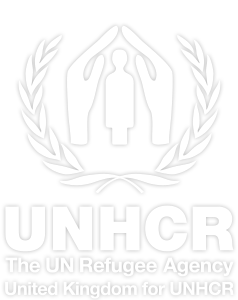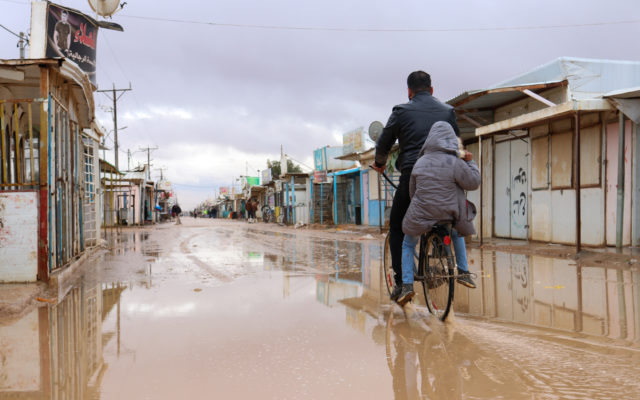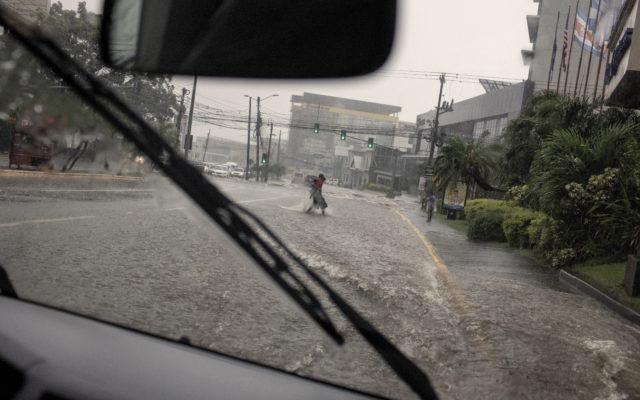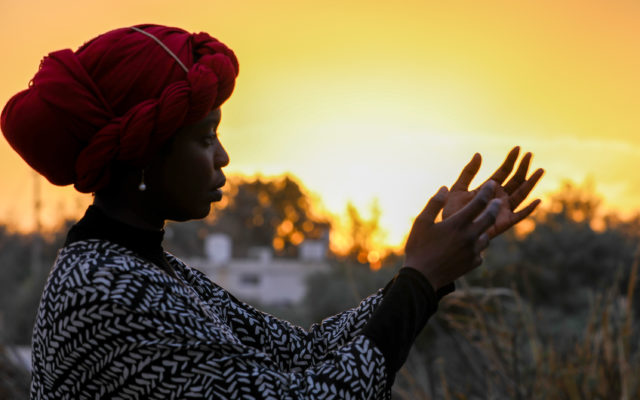Meet the refugees determined to create a cleaner, greener future
While the climate emergency continues to disproportionately impact stateless and displaced people from Pakistan to Nicaragua, these refugees are determined to do something about it.
21.10.22
© UNHCR/Sonia Gonzalez Suarez
With a summer of scorching temperatures across Europe, the effects of climate change are being felt in every corner of the globe. There’s no denying it: the climate crisis is a human crisis, with the world’s most vulnerable on the frontlines fighting fires, droughts, floods and other extreme weather events.
In fact, over the past decade, weather-related events have triggered an average of 21.5 million new displacements* each year – more than twice as many as displacements caused by conflict and violence.
In the face of adversity, there’s been an overwhelming response by refugee and their host populations joining together to adopt green technology, help their communities minimise their carbon footprints and find creative solutions to the effects of higher global temperatures.
Meet the displaced people doing something about climate change…
Isaya and Bernard, Kenya
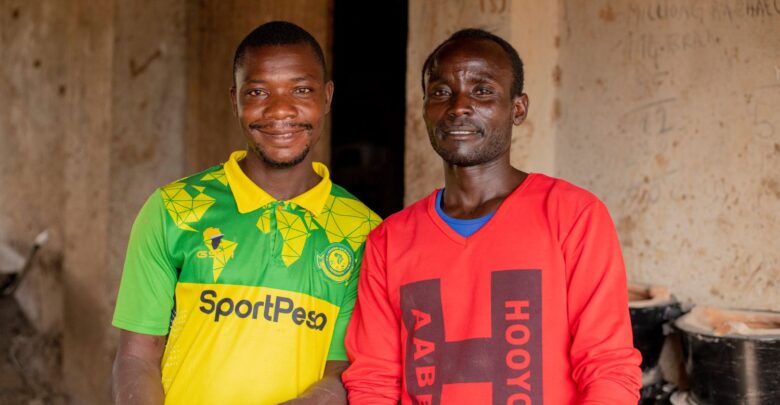
Isaya and Bernard have worked together for the past one year. © UNHCR/Pauline Omagwa
Isaya, a Congolese refugee, and Bernard, a member of the local community, both work as artisans in the Kakuma Refugee Camp Stove Production Unit. “When I first started working, my friend Isay, trained me,” said Bernard. “We have been working side-by-side at this table for a year now.”
In addition to being effective in reducing consumption and saving money on charcoal and firewood, the stoves Isaya and Bernard produce help combat climate change by reducing CO2 emissions and providing employment opportunities for both refugee and host young people.
Yves, Zimbabwe
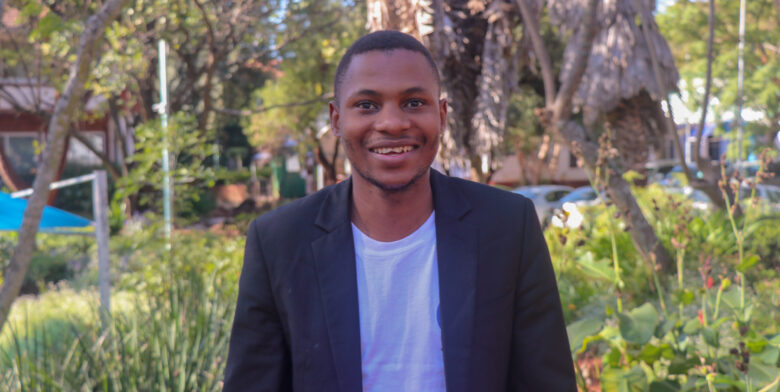
Yves Umuhoza, originally from Burundi, leads a solar energy project in Tongogara Refugee Camp in Zimbabwe. © UNHCR/Sonia Gonzalez Suarez
Originally from Burundi, Yves leads a solar energy project in Tongogara Refugee Camp in Zimbabwe. The project, known as Assorted Energy International, has installed solar panels and conducted information sessions on their installation at two refugee youth-led organisations in Tongogara Refugee Camp. The group has also donated solar lighting kits to people with disabilities in the camp.
Ezdihar, Jordan
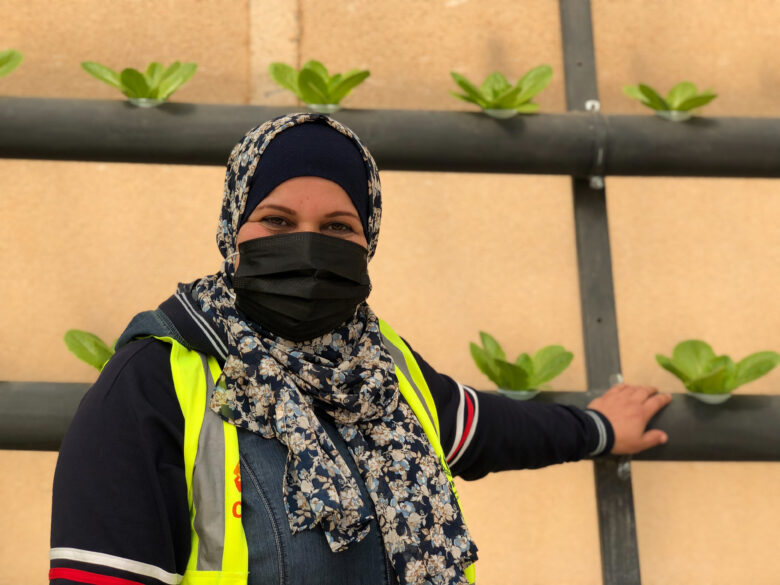
“I used to grow my own vegetables back in Syria.” Photo: © UNHCR/Hamzeh Al-Momani
Ezdihar is a Syrian refugee living in Azraq Camp in Jordan. Ezdihar works as a volunteer for the hydroponic project, which is a type of farming where you can skip soil to grow crops in nutrient-rich water.
Ezdihar says, “I used to grow my own vegetables back in Syria. Even here in the camp, I have created gardens from nothing even though the soil is not the best for planting trees. But hydroponics help us save resources, sustain the camp and fight the global climate crisis. I advise women everywhere to engage in sustainable projects and recycling on a small or big scale.”
Bernard, Zimbabwe
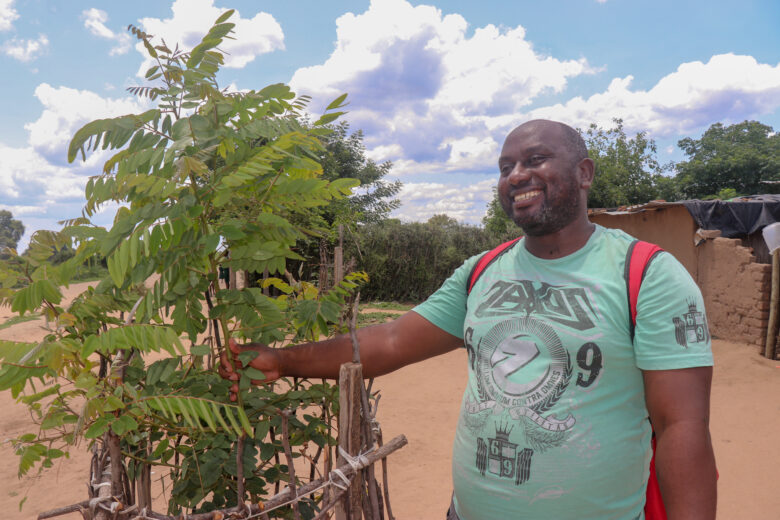
Rwandan refugee Bernard Mutangana founded Global Change for Development (GCD), an organisation that supports organic food gardening & other projects that help the refugee community while also revitalising the environment in and around the camp. Photo: © UNHCR/Sonia Gonzalez Suarez
In Tongogara refugee camp, refugees like Bernard are taking action to restore the environment and mitigate the effects of climate change.
Forced to flee Rwanda, Bernard Mutangana founded Global Change for Development (GCD), an organisation that supports tree planting, organic food gardening and other projects that help the refugee community while also restoring and revitalising the environment in and around the camp.
——————–——-
If you’d like to learn more about the relationship between climate change and displacement, please visit this page.
